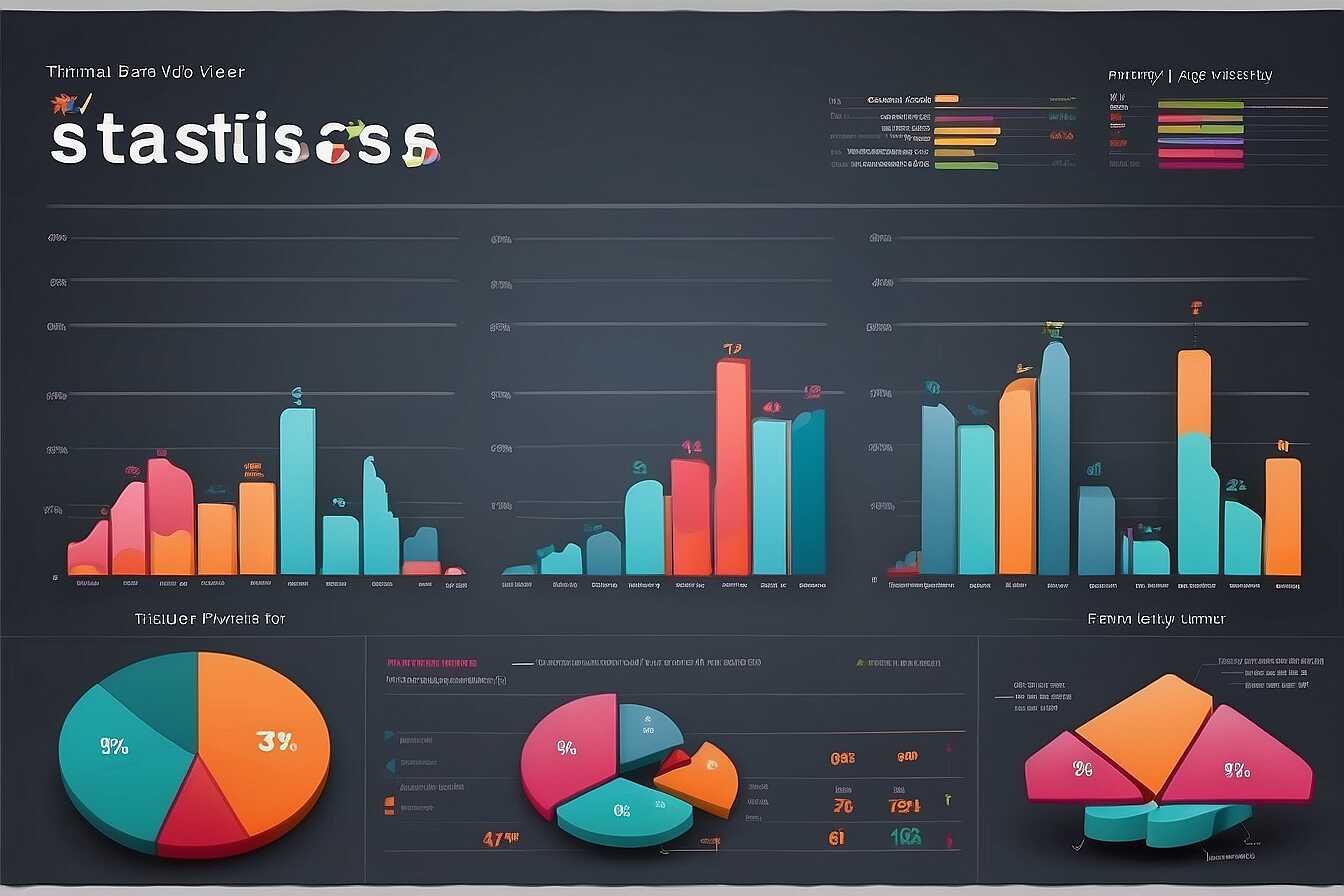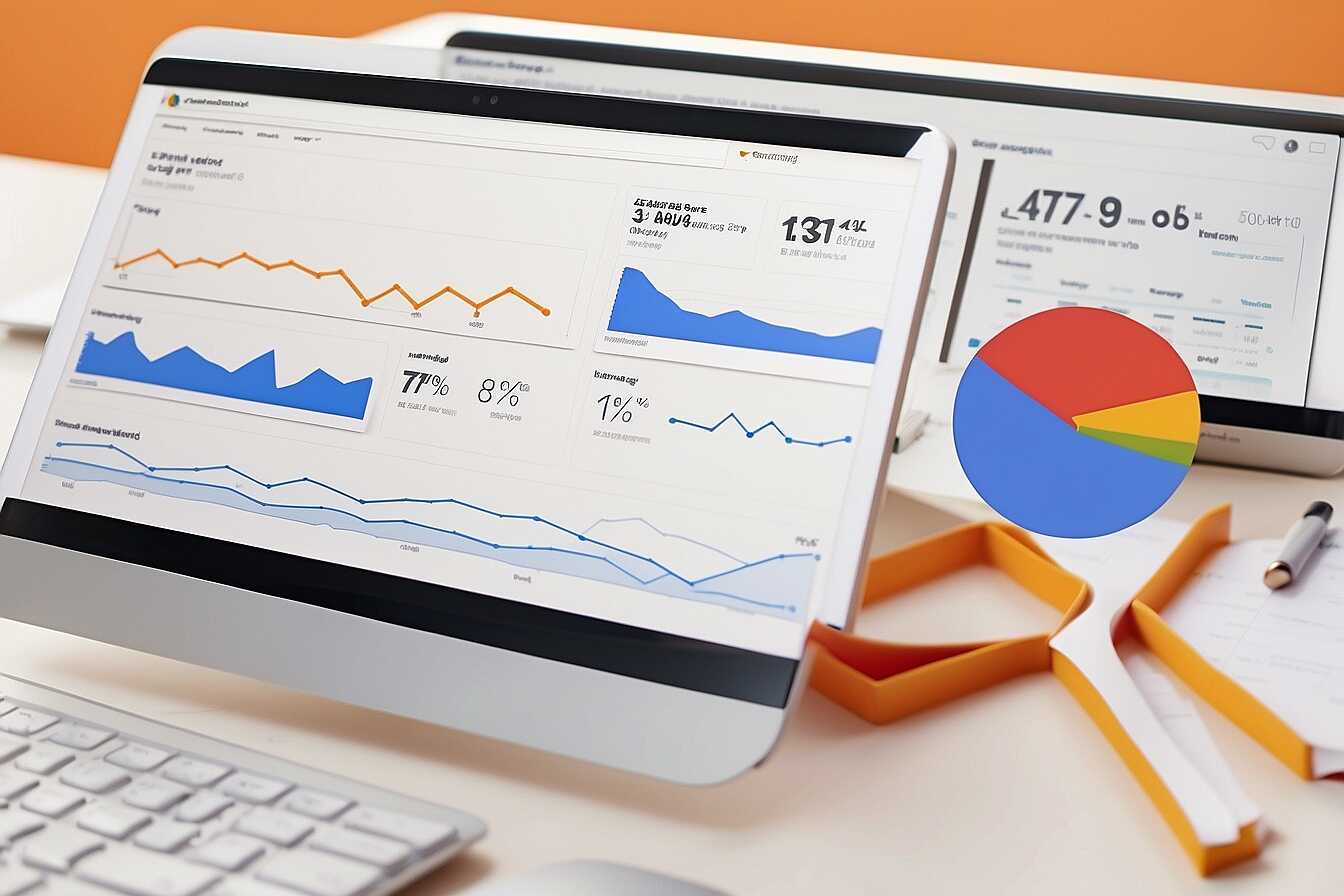How to identify competitor backlinks for your SEO strategy is crucial for improving your site’s performance. By analyzing where your competitors are earning their links, you can uncover valuable opportunities for your own website. At Metrics Rule, we specialize in helping businesses in Vancouver enhance their SEO through effective link-building strategies and competitor analysis. Understanding your competitors’ backlinks can reveal insights that refine your approach and boost your website’s visibility.
Understanding the Role of Backlinks in Improving SEO
Backlinks play a crucial role in enhancing your website’s ranking and search visibility. They help establish the domain authority of your site, which is essential for improving your overall SEO strategy. A strong backlink profile can significantly drive organic traffic to your pages. The more quality backlinks you acquire from reputable sources, the more credible your site appears to search engines like Google and Bing. As you develop relationships with other sites, you enhance your website’s discovery and relevance, which contributes to better rankings in search results.
Key Benefits of a Strong Backlink Profile
A strong backlink profile offers various benefits, including improved search visibility and increased organic traffic. Backlinks act as votes of confidence from other websites, signaling to search engines that your content is trustworthy and valuable. These links can result in higher rankings, leading to more visitors. Moreover, a reliable backlink strategy helps your website perform better in competitive niches, especially as search algorithms evolve. In 2025, focusing on building a diverse array of high-quality backlinks will be key to maintaining and enhancing your website’s performance in a crowded digital landscape.
Essential Tools for Backlink Analysis of Competitors
When it comes to analyzing competitor backlinks, several tools stand out for their reliability and user experience. Tools like Ahrefs, SEMrush, and Moz offer comprehensive features that help you identify valuable backlink profiles of your competitors. Each platform provides unique insights, such as domain authority, backlink status, and anchor text used. Ahrefs is renowned for its extensive database, while SEMrush excels in delivering actionable recommendations based on backlink profiles. Additionally, Moz provides exceptional metrics for visibility and link quality. The best tools enable you to analyze thousands of backlinks quickly and efficiently, enhancing your SEO strategy greatly.
Comparing Features of Backlink Analysis Tools
When comparing the leading backlink analysis tools, it’s crucial to consider ease of use, pricing, and features. Ahrefs excels in providing detailed backlink data and offers a free trial for initial testing. SEMrush delivers an excellent user interface that simplifies the analysis process while giving valuable insights into your competitor’s backlink strategy. Moz distinguishes itself by focusing on quality metrics, enhancing long-term SEO planning. In 2025, most leading tools can handle the analysis of over 200 million backlinks, enabling users to derive meaningful strategies. Consider your specific requirements, budget, and the service’s overall performance to find the best match for your SEO needs.

Effective Processes to Identify Your Competitors Backlinks
Identifying your competitors’ backlinks is essential for improving your SEO strategy. You can use several effective tools to aid this process, such as Ahrefs, SEMrush, and Moz. These platforms provide comprehensive backlink analysis, allowing you to assess the quality and reliability of your competitor’s linking strategies. Many companies, especially in competitive sectors like e-commerce, rely on these tools to enhance their backlink discovery efforts. Aim to identify at least 20 to 50 backlinks from each of your top competitors for a robust analysis.
Leveraging Backlink Analysis Tools
To perform effective backlink analysis, you should leverage tools like Ahrefs and SEMrush. These tools could help you uncover valuable insights about your competitors’ backlink profiles. Start by entering your competitor’s domain into the tool, which will provide a list of backlinks pointing to their site. This list can reveal the sources that are most beneficial for your competitors’ SEO performance. By analyzing these backlinks, you can discover potential link-building opportunities for your own site. Consider checking metrics such as domain authority and link relevance to ensure you are pursuing high-quality backlink opportunities. This data-driven approach will enhance your domain’s authority and visibility in search engine results, particularly on platforms like Google and Bing.
Numerical Data on Analyzing Link Sources
- 85% of SEO professionals monitor competitor backlinks regularly.
- Companies that analyze backlinks can improve their traffic by up to 30%.
- Link building can account for as much as 75% of SEO strategy effectiveness.
- Competitor analysis tools can identify over 1,000 backlinks in minutes.
- Sites that utilize competitive backlinking strategies see 50% higher domain authority.
- About 60% of competitors’ backlinks come from high-authority domains.
- It can take about 6-8 weeks to see results from a new backlink strategy.

Evaluating the Quality and Relevance of Backlinks
To determine if a backlink is high quality, you must evaluate several critical factors. First, consider the domain authority of the linking site, which represents its trustworthiness and ranking potential on search engines. Use tools like Moz or Ahrefs to check domain authority scores. Next, assess the contextual relevance of the backlink by analyzing its placement within related content. Backlinks from sites with a similar niche or topic enhance the credibility of your link-building efforts. Finally, consider the traffic the linking site receives; higher traffic typically indicates more reliable backlinks. As a benchmark, aim for at least 30% of your backlinks to come from high-authority domains to ensure a solid SEO strategy.
Key Metrics for Backlink Evaluation
To effectively evaluate backlinks, you should focus on several key metrics. Start with the Page Authority (PA) and Domain Authority (DA) scores, which indicate the likelihood of ranking in search results. Assess the anchor text used—optimal anchor text should be relevant to your content and include targeted keywords. Additionally, explore the trust flow and citation flow metrics, which reveal the quality and influence of the backlink source. Finally, consider the number of outbound links on the referring page; a lower number typically suggests a more valuable link. Metrics like these enhance your backlink analysis by providing insight into the efficiency and reliability of your link-building efforts.

Strategies to Leverage Competitors Backlinks for Your Benefit
To leverage competitor backlinks effectively, begin by using tools like Ahrefs or SEMrush for competitor backlink analysis. This analysis reveals the websites linking to your competitors and helps identify patterns in their backlink profiles. Turning these insights into actionable link-building strategies can significantly enhance your own SEO efforts. Focus on reaching out to the same domains for guest posting or collaborations. Furthermore, determine how these backlinks improve your competitors’ search visibility to guide your strategy. Aim for about 30% of your new backlinks to derive from links your competitors have successfully utilized, ensuring a balanced and effective link-building approach.
Understanding Backlink Sources for Optimal SEO Performance
Understanding backlink sources is crucial for improving your SEO performance. Identify the types of sites that are linking to your competitors. Look for industry-related blogs, high-authority sites, and local directories. Assess their domain authority and relevance to your niche. This detailed analysis can help you pinpoint high-quality sites that will enhance your own backlink profile. Metrics Rule can assist with technical optimization to ensure these new backlinks lead to increased crawling and indexing efficiency. By focusing on high-quality sources, you make your link-building efforts more robust, which in turn maximizes your overall SEO impact.
Advantages of Studying Rival Link Strategies
- You can discover new link-building opportunities for your site.
- Your own SEO performance can significantly improve with better links.
- Understanding rivals helps you stay ahead of industry trends.
- Competitor backlinks reveal successful promotional strategies in your niche.
- You can identify weaknesses in your own link profile compared to others.
- Researching backlinks can save time and resources in your link acquisition efforts.
- It enhances content creation by uncovering topics popular among competitors.

Common Pitfalls to Avoid in Backlink Analysis
Backlink analysis is crucial for enhancing your SEO strategy, but many make common mistakes. One frequent error is overlooking low-quality backlinks. These can harm your site’s reputation and ranking. Another mistake is failing to compare competitors accurately. When you don’t take their entire backlink profile into account, you miss essential data that could guide your link-building efforts. Lastly, relying on outdated tools for data is inefficient, as reliable and updated tools provide more accurate insights into valuable backlinks that can help you rank higher in search engines.
Addressing Inaccuracies in Competitor Analysis
To ensure your competitor backlink analysis is accurate and effective, you need to focus on several key factors. Firstly, analyze the quality of the backlinks, paying close attention to their relevancy and authority. Aim to identify at least 80% of your competitors’ high-quality backlinks. This gives you a clear comparison for crafting SEO improvement tactics that can outperform theirs. Utilize data-driven insights to create a strategy based on actual performance metrics. Having well-organized data enables you to identify where your competitors excel, providing essential information for targeting new high-value backlinks.
Incorporating Backlink Insights into Your SEO Strategy
By examining competitor backlinks, you can find valuable opportunities to improve your link-building efforts. Competitor backlink analysis enhances your overall strategy by identifying where your rivals are getting their links, allowing you to target similar sites for outreach. You can use tools like Ahrefs, SEMrush, and Moz to perform comprehensive backlink analysis. Through these insights, you can refine your tactics and develop a more effective link-building strategy that can significantly improve your site’s SEO performance. In terms of the number of backlinks, aiming for 20–30 high-quality backlinks can deliver proven results and enhancements in search engine rankings.
Essential Tools for Backlink Analysis
Tools like Ahrefs, SEMrush, and Moz provide users with comprehensive features to analyze competitor backlinks. They offer data on anchor texts, the reliability of backlinks, and competition metrics. Using these platforms enables you to identify keyword gaps and review which backlinks are enhancing competitors’ SEO strategies. By ensuring you target high-quality sites, your link-building can improve significantly. Always conduct thorough tests to understand which approaches yield the best results, enhancing your overall efficiency in achieving your SEO goals.
Companies and Their Role in Backlink Analysis
- Ahrefs is great for its user-friendly interface; however, it can be pricey for small businesses.
- SEMrush offers detailed reports on competitors but may overwhelm new users.
- Majestic provides a robust backlink database, though its layout can confuse beginners.
- Moz’s beginner tools are excellent, but they often lack advanced data for professionals.
- Linkody allows discovery of lost links but may miss some new ones.
- BuzzSumo excels at content promotion insights, yet it can be insufficient for technical analysis.
- Many startups benefit from affordable backlink tools that provide essential insights.
Measuring the Effectiveness of Your Backlink Implementation
To measure the effectiveness of new backlinks, you should focus on essential metrics like referral traffic, keyword rankings, and domain authority. SEO tools can greatly assist in tracking these parameters over time. Look for increases in website traffic, which often reflects the impact of your link-building efforts, and regularly review the results to ensure ongoing optimization. Evaluating backlink performance metrics allows you to fine-tune your strategy, ensuring each link enhances your overall SEO performance.
Key SEO Tools for Backlink Tracking
Utilizing key SEO tools for backlink tracking is essential for ensuring your strategy’s effectiveness. Tools like Ahrefs, SEMrush, and Moz provide valuable insights into backlink performance and keyword rankings. These platforms offer features that analyze anchor text, domain authority, and referral traffic. With comprehensive data, you can easily identify which backlinks deliver the best results. A systematic approach to using these tools helps enhance your understanding of backlink impact and guides your future link-building activities.
